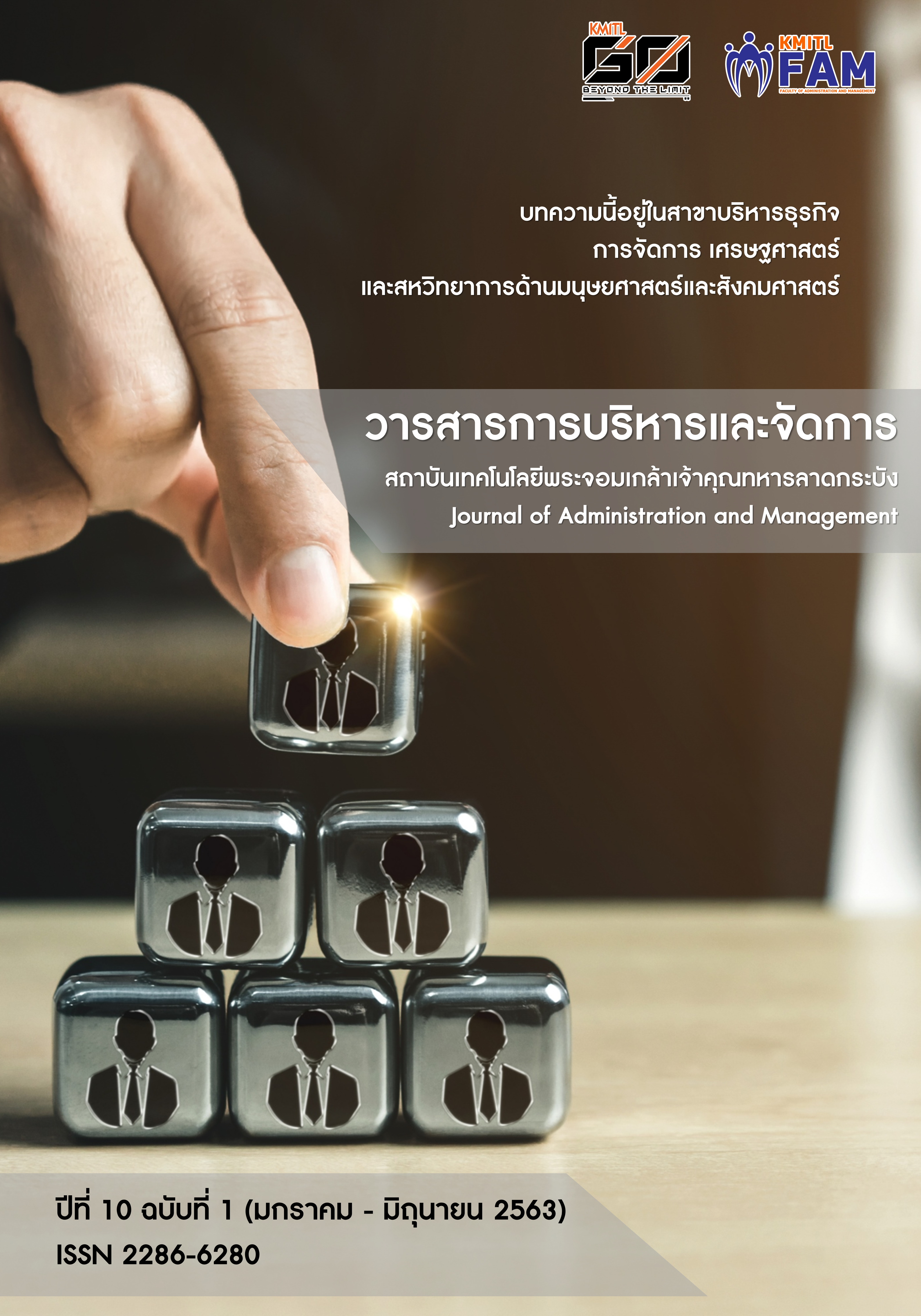Research Study to improve process safety through training By using the Why - Why Analysis principle and ECRS principles. Case study: Yakult (Thailand) Co., Ltd.
Main Article Content
Abstract
The purpose of this research study is to study the Security check measures and improvement of the internal production process of Yakult (Thailand) Company Limited by going to study within the company from 25 November 2019 - 29 March 2020 to study on safety in the production process and find ways to improve productivity by using a Japanese image adjustment method and using concepts and theories known as the Why - Why Analysis and using ECRS principles with interviews from Parichat Kong-in, the quality control department, which found that
Yakult (Thailand) Co., Ltd. Regarding the production plant, there are measures to handle certain situations and prevention of hazards or accidents. There is excellent safety both in the rules that employees strictly follow to keep the staff clean, the equipment and the working area In the production plant, there were 0.67 accidents / 4 months and most of the problems were caused by the estimation of the employees.
From the research study it can be found that the company can improve their measures by staff training and giving advice on the improving process of safety. Using concepts and theories Why - Why Analysis and ECRS principles from the research team from 25 November 2019 - 29 March 2020, 4 months after the training found that the number of accidents has decreased from 0.67 times / 4 months to 0 times / 4 months, indicating that after the improvement, the number of accidents decreased by 100%, resulting in a safer production process.
Article Details
Journal of KMITL Business School is available both online and in printed version.
**All articles or opinions presented in this issue of the Journal of KMITL Business School reflect the thoughts of their respective authors. This journal serves as an independent platform for a variety of viewpoints. Authors bear full responsibility for the content of their articles.**
**All articles published in this journal are copyrighted by KMITL Business School, King Mongkut's Institute of Technology Ladkrabang. The editorial team permits copying or using articles, but a reference to the journal is required.**
References
[2] เดลินิวส์. (2561). เจาะประวัติกำเนิด‘ยาคูลท์’จุลินทรีย์สู่การมีอายุยืนยาว. สืบค้นเมื่อวันที่ 3 มกราคม 2563. จาก https://www.dailynews.co.th/regional/655508
[3] ปิยะฉัตร บูระวัฒน์. (2563). ไคเซ็น. สืบค้นเมื่อวันที่ 28 มกราคม 2563. จาก http://www.moodle.rmutt.ac.th/course/view.php?id=1884
[4] บางเบา ธีม. (2560). ความรู้ทั่วไปด้านความปลอดภัย. สืบค้นเมื่อวันที่ 28 มกราคม 2563. จาก http://thaisafetyengineer.blogspot.com
[5] นิธินพ ทองวาสนา. (2562). วิเคราะห์สาเหตุการเกิดอันตราย. สืบค้นเมื่อวันที่ 28 มกราคม 2563. จาก www.journal.rmutt.ac.th›index.php›business›article
[6] ประยูร เชี่ยววัฒนา. (2555). ไคเซ็นในธุรกิจบริการ. พิมพ์ครั้งที่ 2. กรุงเทพฯ : สมาคมส่งเสริมเทคโนโลยี (ไทย-ญี่ปุ่น).
[7] ภาควิชาอุตสาหกรรม มหาวิทยาลัยราชภัฎนครสวรรค์. (2562). ระบบการผลิตแบบต่อเนื่อง. สืบค้นเมื่อวันที่ 28 มกราคม 2563. จากhttp://elearning.nsru.ac.th/web_elearning/sonthaya202.html
[8] สุธี ขวัญเงิน. (2549). การจัดการการผลิตและการปฏิบัติการ. กรุงเทพฯ : ซีเอ็ดยูเคชั่น.
[9] สุรัส ตั้งไพฑูรย์ และ กฤษณพงศ์ ลายอักษร. (2549). การปรับปรุงการผลิตแบบไคเซ็น (Kaizen) เพื่อลดความสูญเปล่า 7 ประการ. กรุงเทพฯ : เพียร์สัน เอ็ดดูเคชั่น.
[10] Greedisgoods. (2560). ECRs. สืบค้นเมื่อวันที่ 28 มกราคม 2563. จาก https://greedisgoods.com/ecrs-%E0%B8%84%E0%B8%B7%E0%B8%AD/


